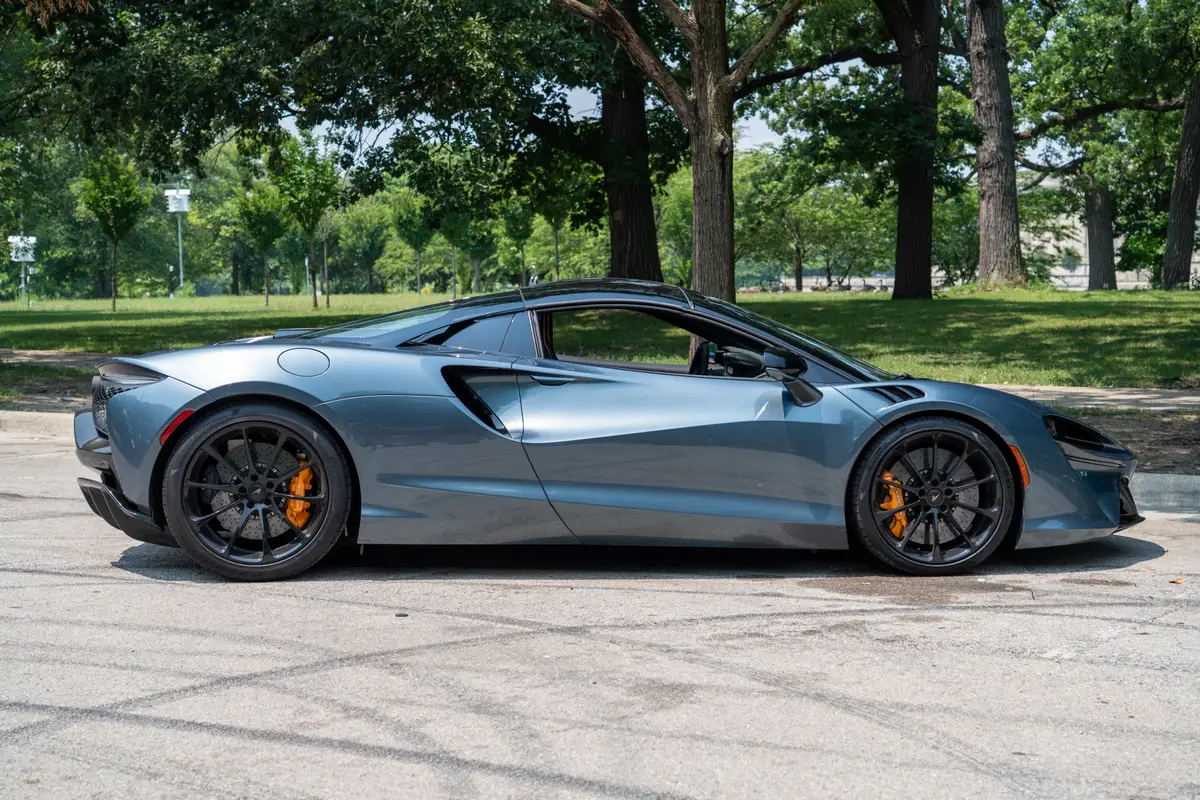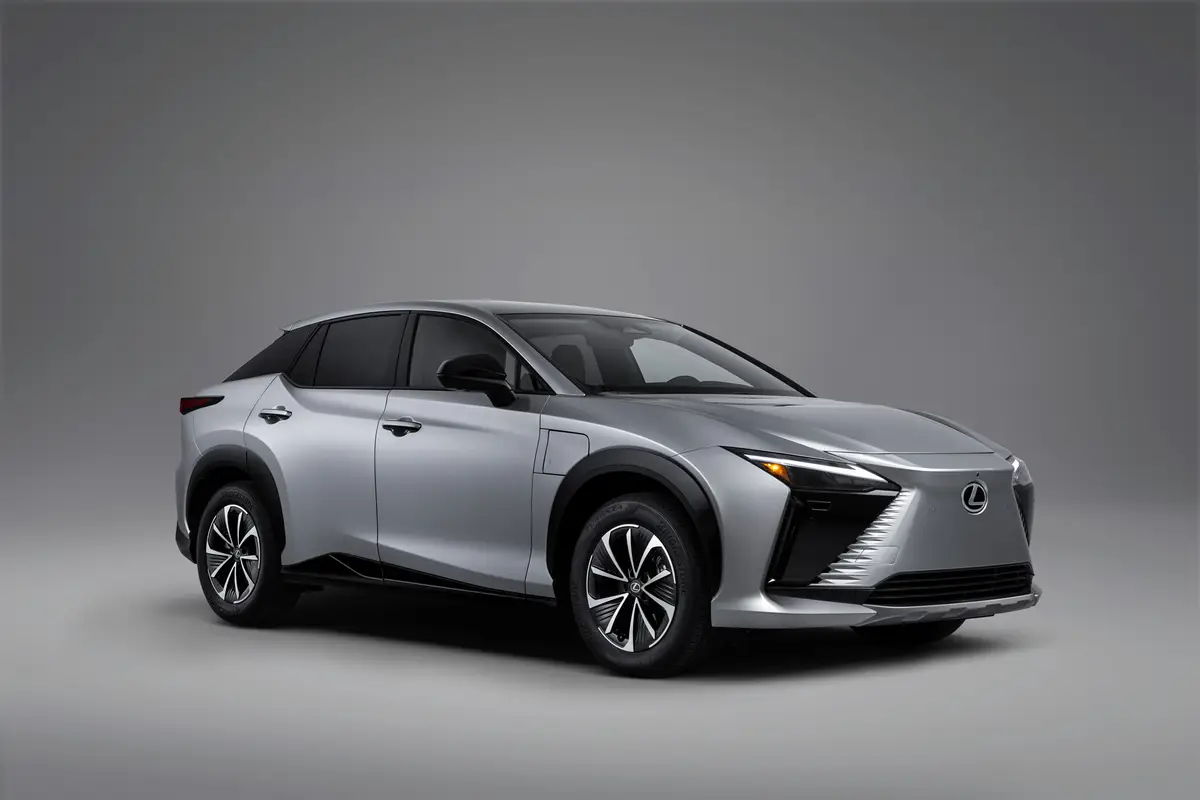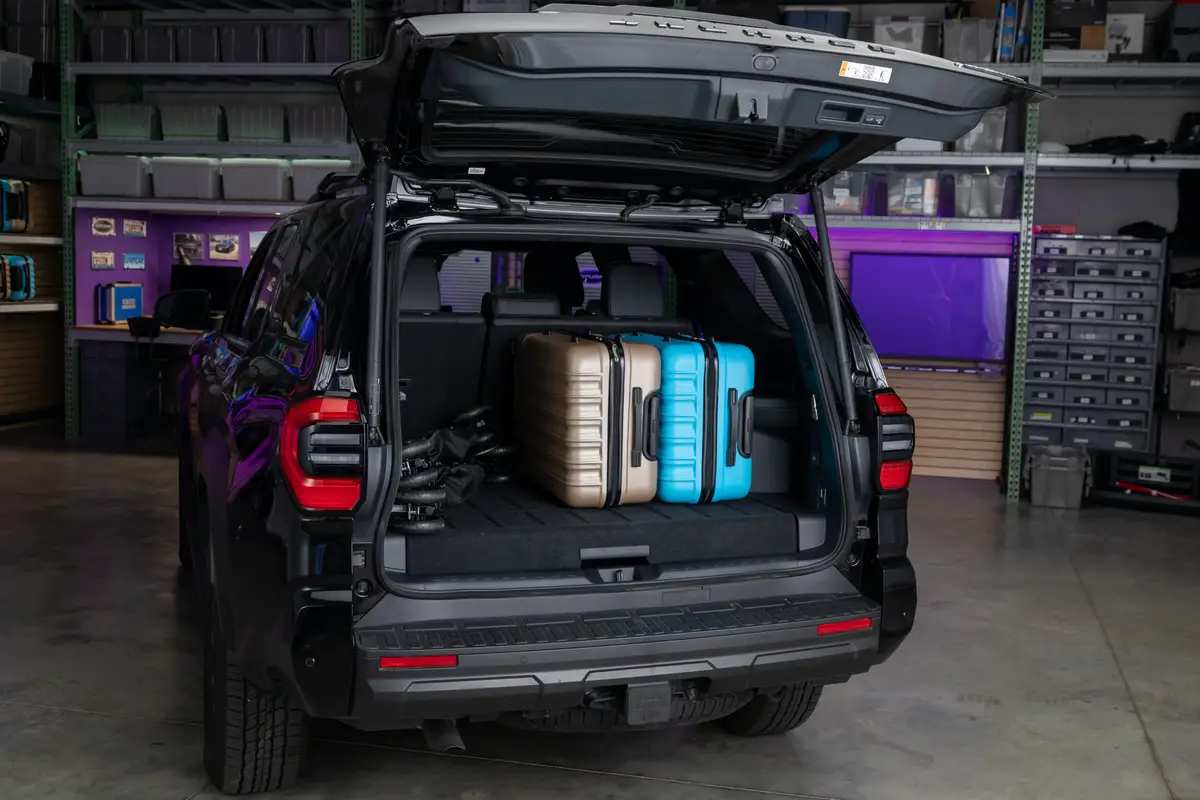Boston.com's view
Subaru originally launched the Forester back in the late 1990s. That vehicle had the look of a station wagon with an oversized and out-of-proportion “greenhouse,” that is, the roof and windows. As out-of-kilter as that original Forester looked, its performance made me a believer in Subaru’s all-wheel-drive system.
It was a summer-without-rain that had led to bans on outside watering and car-washing all over New England. The dry spell finally broke early on a Friday night. And it wasn’t with a shower. Instead violent thunderstorms hit the area, creating what one a friend calls “Southern ice,” — roads turned into a skid pad by the accumulated grease, oil, and dirt. We saw vehicles off the road, accidents and skids. That Forester, meanwhile, passed through it all as though it were on rails.
Fast forward a decade to the 2011 Forester we drove through recent heavy snow with the same feelings of security. It’s the third year of the third generation of the Forester, a vehicle that has morphed into what we call either a crossover vehicle or small SUV these days
Our test vehicle was the 2.5X Touring model, near the top of the Forester lineup. The MSRP of the 2.5X Touring, including destination, is $29,020. The lone option on our well-equipped vehicle was a $48 cargo net. The only step up is the same vehicle with the turbocharged engine. From a driving standpoint, we’d have loved to drive the turbo; from a realistic standpoint, the normally aspirated version was fine. The same engine is standard on the decently equipped base model (air conditioning, cruise control, all-wheel-drive), which you can get into for approximately $21,000.
That standard engine — the latest in Subaru’s development of its basic four-cylinder, horizontally opposed “boxer” engine — puts out 170 horsepower, the same as its predecessor, and increases torque slightly to 174 lb.-ft. However, it now has a chain-driven double overhead cam instead of the previous belt-driven single camshaft.
We found the powerplant totally adequate in all situations, though it was so responsive that it tended to jump ahead from standing starts. It’s also an engine that tends to be a bit noisy, especially right after cold-weather starts, but something you don’t notice on the road.
Both manual and automatic transmission versions are rated at 21 mpg city and 27 mpg highway. We registered 22.7 mpg under lousy driving conditions — messy roads, warm-up time while we scraped windows, traffic delays, short trips, and unusually cold weather. In other words, we’d have expected to do better in warmer weather and on longer treks.
Somewhat surprisingly, Subaru has kept the engine mated to a four-speed automatic transmission when the competition — Chevrolet Equinox, Honda CR-V, Mazda CX-7, Toyota RAV4 — has upgraded to five- and six-speed units.
Something else that hasn’t changed is that all-wheel-drive capability. We went joyriding on a snow-covered lot with the security of the AWD and vehicle dynamics control that includes all-wheel traction control and is standard on all models. The Forester’s 8.7-inch ground clearance was enough to keep the vehicle from getting hung up in deeper areas.
Handling was secure and predictable when trying to break the car loose in that lot, but more importantly, it was even more stable on an ice- and snow-covered dirt road with gullies beckoning on either side. On paved road, the ride was refined and relatively quiet.
Gauges and controls were intuitive and the interior, even with leather, had a nice-but-uncomplicated presentation. USB and iPod connections were in the center console and using the Bluetooth connection was a snap.
We found lots of nice touches. The rear seats were raised, affording rear-seat passengers a good view and easing conversation between the rows. There also was plenty of legroom for two couples to ride in comfort on a Saturday night date. Headroom, both front and rear, was amazing even for taller folks. Several times, we checked that the rear doors actually had closed tightly because they felt so light and latched quietly without the expected “thunk.”
Standard on our Touring model was a rearview camera with a 4.3-inch display screen, a wonderful addition that isn’t part of an additional navigation package. Also standard were bi-xenon headlights, dual-zone climate system, one-touch folding releases on the 60/40 rear seats, electro-luminescent gauges and a welcome all-weather rear mat that covered the cargo area when the rear seats were raised.
Inside a Forester, front or rear, is a good place to be sitting in a New England winter.
Latest news

The McLaren Artura Is Not Like the Others: Review


